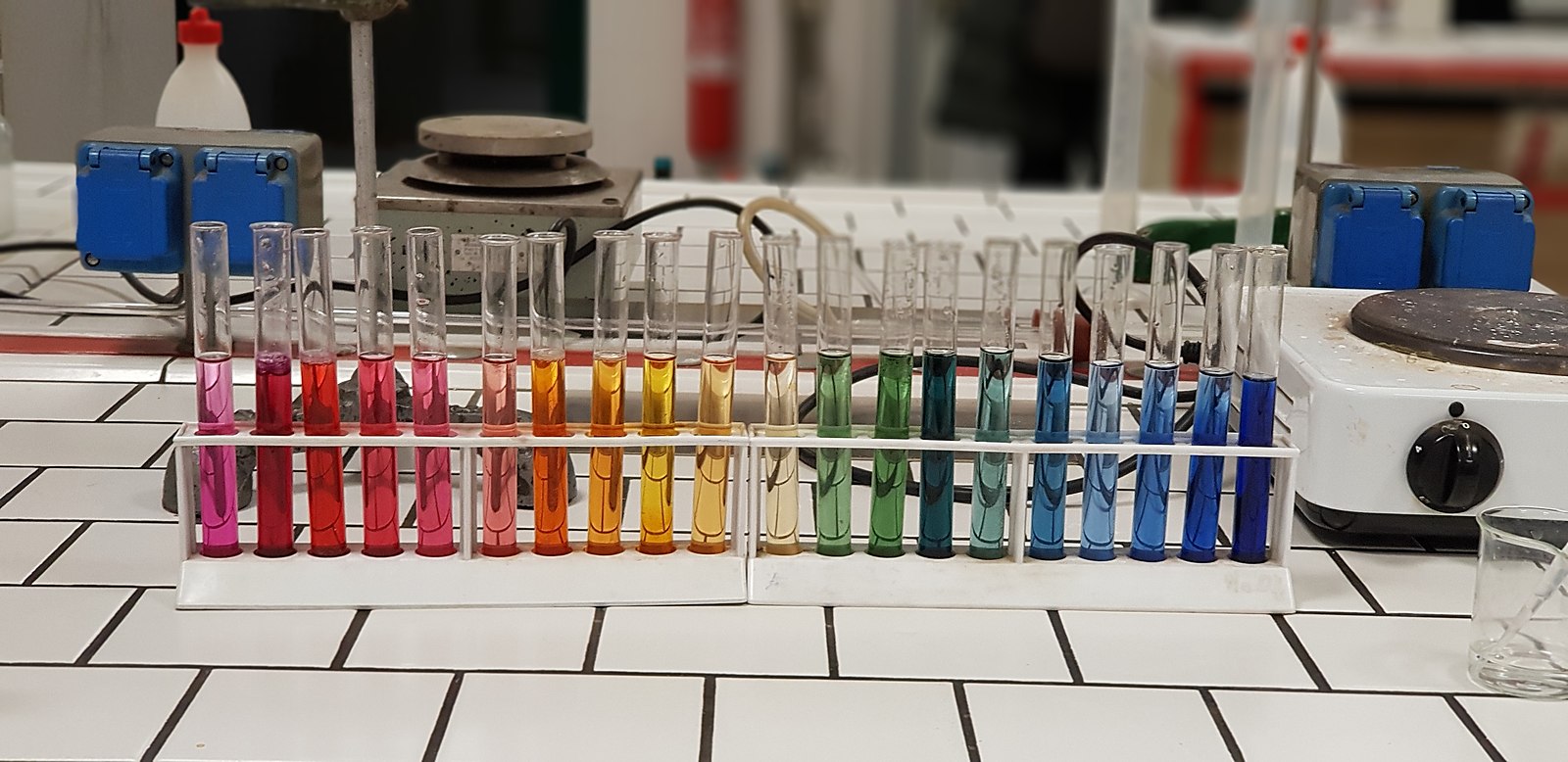Potassium acetate, a versatile chemical compound, has a wide range of applications, from deicing to fire extinguishing. Understanding the pH, preparation, and potential contaminants of potassium acetate in water is crucial for its effective and safe use. This comprehensive blog post delves into the details of this important chemical.
pH of Potassium Acetate in Water
The pH of a 1 in 20 solution of potassium acetate in water typically ranges between 7.5 and 8.5, indicating a slightly basic nature. This is due to the presence of the acetate ion, which can act as a base and accept a proton from water, forming acetic acid and increasing the pH.
Preparation of Potassium Acetate in Water
Potassium acetate can be easily dissolved in water to create a solution of any desired concentration. For example, a 1M aqueous solution of potassium acetate with a pH of 7.5 is commercially available from Thermo Scientific.
The preparation process involves the following steps:
- Obtain high-purity potassium acetate as the starting material.
- Weigh the desired amount of potassium acetate.
- Dissolve the potassium acetate in the appropriate volume of deionized or distilled water.
- Stir the solution until the potassium acetate is fully dissolved.
- Adjust the pH, if necessary, using a pH meter and small amounts of acid or base.
- Filter the solution to remove any undissolved particles or impurities.
- Store the potassium acetate solution in a clean, airtight container.
Applications of Potassium Acetate in Water
Potassium acetate has a wide range of applications, including:
- Deicer: Potassium acetate is used as a deicer for roads, runways, and other surfaces due to its ability to lower the freezing point of water.
- Fire Extinguishing Agent: Potassium acetate is used in some types of fire extinguishers due to its ability to cool and smother fires.
- Food Additive: Potassium acetate is used as a food preservative and pH regulator in various food products.
- Medicine and Biochemistry Reagent: Potassium acetate is used in the preparation of various pharmaceutical and biochemical solutions.
- Tissue Preservative: Potassium acetate is used as a preservative in some tissue fixation and storage solutions.
- Chemical Catalyst: Potassium acetate is used as a catalyst in the production of polyurethanes and other chemical reactions.
Contaminants in Potassium Acetate in Water
Potassium acetate solutions may contain impurities such as heavy metals, sodium, and other ions. These contaminants can be limited by using high-purity starting materials and following appropriate preparation and storage procedures.
The USP (United States Pharmacopeia) monograph for potassium acetate specifies a limit of 0.03% for sodium as a contaminant. Other potential contaminants may include:
- Heavy metals (e.g., lead, cadmium, mercury)
- Chloride
- Sulfate
- Organic impurities
Dealing with Contaminants in Potassium Acetate in Water
To minimize the presence of contaminants in potassium acetate solutions, it is essential to:
- Use high-purity starting materials for the preparation of the solution.
- Follow appropriate preparation and storage procedures to prevent the introduction of impurities.
- Monitor the solution for any signs of contamination, such as changes in color, turbidity, or pH.
If contaminants are detected, they can be removed using various methods, such as:
- Filtration: Passing the solution through a suitable filter to remove particulate matter.
- Ion exchange: Using ion exchange resins to selectively remove specific ions from the solution.
- Distillation: Purifying the solution by evaporation and condensation to separate the potassium acetate from the contaminants.
Alternatives to Potassium Acetate in Water
While potassium acetate is a versatile and widely used compound, there are alternative options available depending on the specific application:
- Other potassium salts, such as potassium chloride or potassium phosphate, can be used as buffers or electrolytes.
- Sodium acetate or ammonium acetate can be used as alternatives to potassium acetate in some applications.
The choice of alternative will depend on the desired properties, compatibility with the application, and any specific requirements or regulations.
References:
- Wikipedia. Potassium acetate. https://en.wikipedia.org/wiki/Potassium_acetate
- USP32NF27. Potassium Acetate. https://www.drugfuture.com/pharmacopoeia/usp32/pub/data/v32270/usp32nf27s0_m67120.html
- ScienceDirect. Potassium acetate buffer (ca. 2 M; pH 5.5):. https://www.sciencedirect.com/topics/biochemistry-genetics-and-molecular-biology/potassium-acetate
- Cepham Life Sciences. Potassium Acetate [3M] pH 5.5. https://www.cephamls.com/potassium-acetate-3m-ph-5-5/
- Thermo Scientific. Potassium acetate, 1M aq. soln., pH 7.5. https://www.fishersci.com/shop/products/potassium-acetate-1m-aq-soln-ph-7-5-thermo-scientific/AAJ62817AE

